With content marketing becoming the mainstay of SEO campaigns, writing authority content has become the norm.
What is authority content?
It’s the kind of content that not only helps your website rank higher on Google Search but establishes your brand authority as well. It’s the kind of content that boosts loyalty and converts your visitors into paying customers.
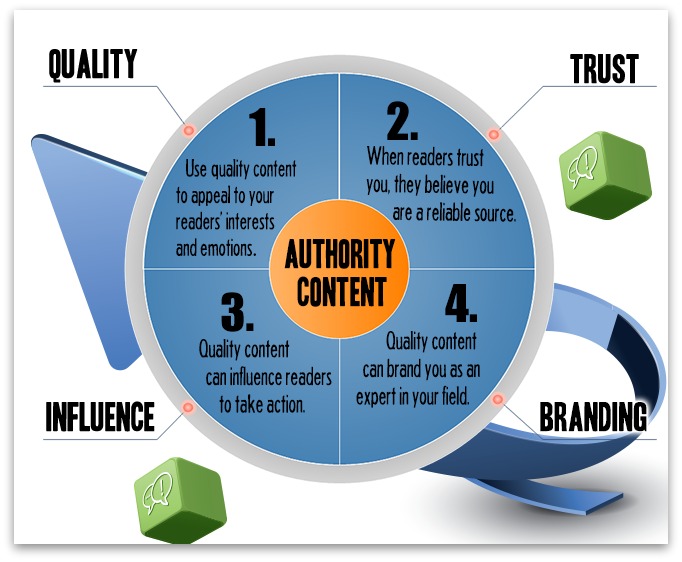
As per Copyblogger, writing authority content is creating a positive experience for your audience by demonstrating authority without even telling them about it.
Let’s face it – writing authority content is a time-consuming affair. It requires a modern approach to presenting the information. Moreover, it must provide unique value to your audience. In fact, this very distinctive approach to writing content is what makes it very challenging for content marketers.
In this step-by-step content creation guide, I’m going to share a number of tactics that help me create a positive experience for my audience every single time.
More importantly, they help me create content faster than usual. So, let’s take a look.
Step #1: Create a Compelling Headline for Your Article
No matter how useful and insightful your article is, the only way to get your target audience to read it is to create a catchy headline.
According to Neil Patel, 8 out of 10 people will read your head line. In other words, only 2 out of ten people will actually read the rest.
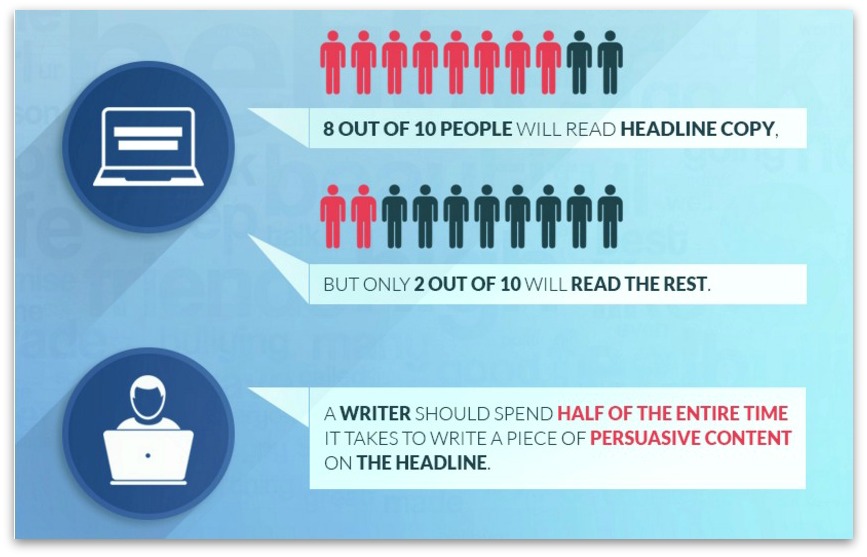
(click here to view the entire infographic)
By a magnetic headline, I don’t mean to say you should use a click-bait strategy. Rather, you should take your time to write a couple of headline variations and choose the best one.
If you’re having a hard time coming up with a headline for your blog post, use Hubspot’s Blog Topic Generator.
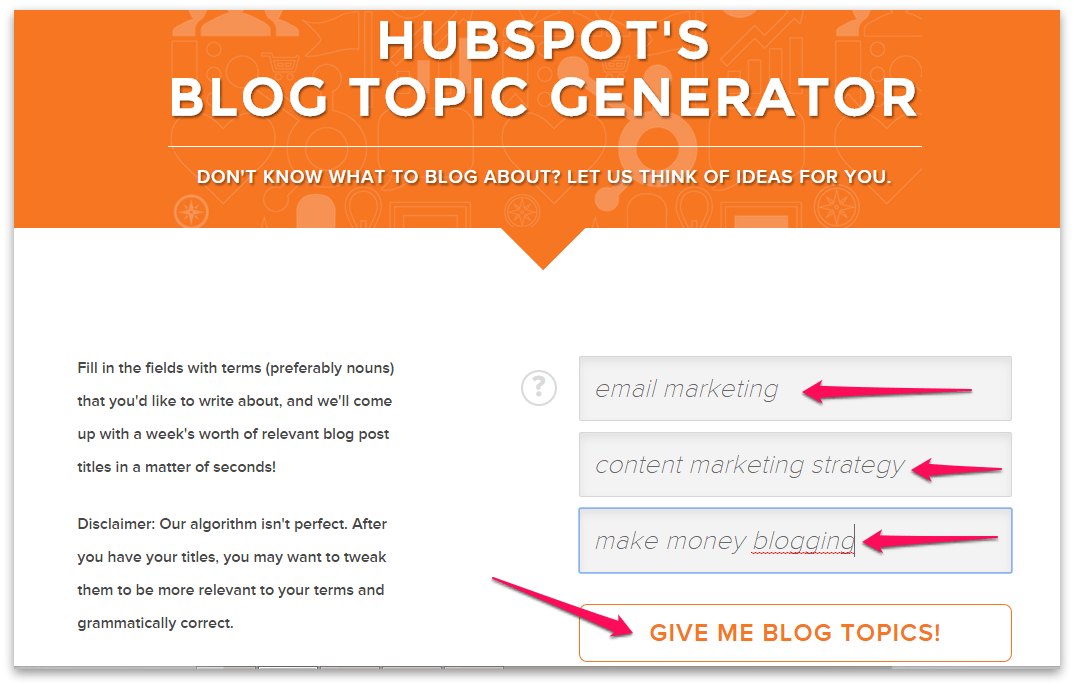
Check List:
- Does your title stand out as compared to the top ten results on Google?
- Does it contain your primary keyword?
- Is it aligned with what your open paragraph says?
Your headline should be six-word long in order to fit into a mobile screen easily and it’s easily scannable as well.
Pro Tip: CoSchedule has a nifty Headline Analyzer tool that tells you how good your headline is.
If you want to learn how to master the art of writing powerful headlines, here are some guides.
- The Step-by-Step Guide to Writing Powerful Headlines by Neil Patel
- 5 Easy Tricks to Help You Write Catchy Headlines by Jeff Goins
Step #2: Keyword Research
Even though an article is based on research and has a lot of good stuff, it might not outrank similar articles on SERPs if it is not optimized for the target keywords.
The only exception to this rule: If you’re an authority source (with DA > 60)
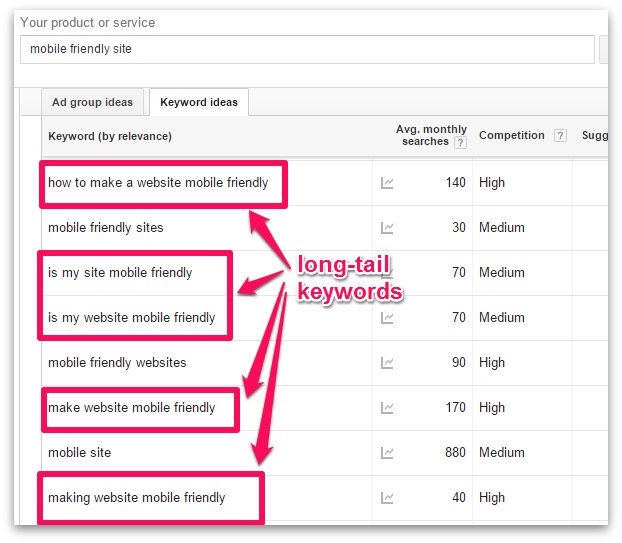
Basically, you need to learn how to optimize your article with your target keywords to compete well with other websites on SERPs.
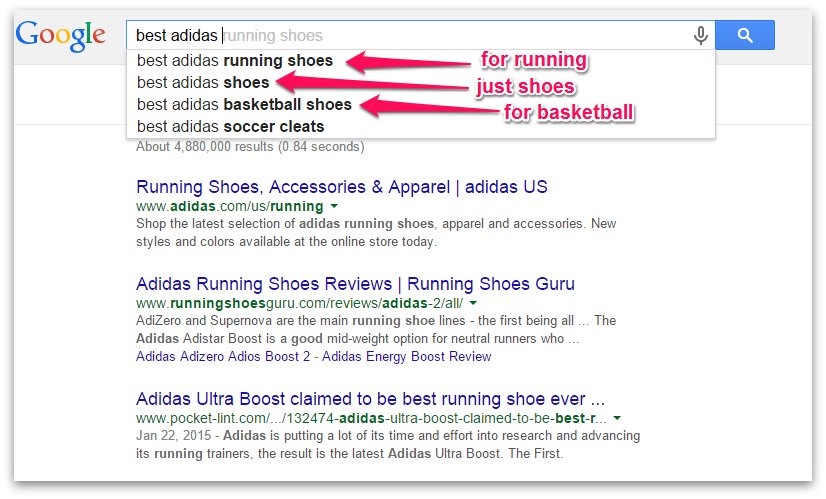
If you want to learn how to optimize your content for on-page SEO, read the following guide.
- On-Page SEO: Anatomy of a Perfectly Optimized Page by Brian Dean
- A Visual Guide to Keyword Targeting and On-Page SEO by Rand Fishkin
Check List:
- Use Keyword Planner: Choose long tail keywords (show me how)
- Use Google Related Searches (show me how)
- Use Moz Keyword Explorer (show me how)
- Do you have a list of keyword derivatives? (show me ex)
- Incorporate long tail keywords in your article (show me how)
Step #3: Conceptualize/Make an Outline
This is the most important part of your writing strategy. A proper outline is like a GPS device that leads you to your destination seamlessly.
A well-thought-out outline is your entire article in bullet points with descriptive sub-headings.
In fact, blog outlines are the perfect solution to prevent writer’s block.
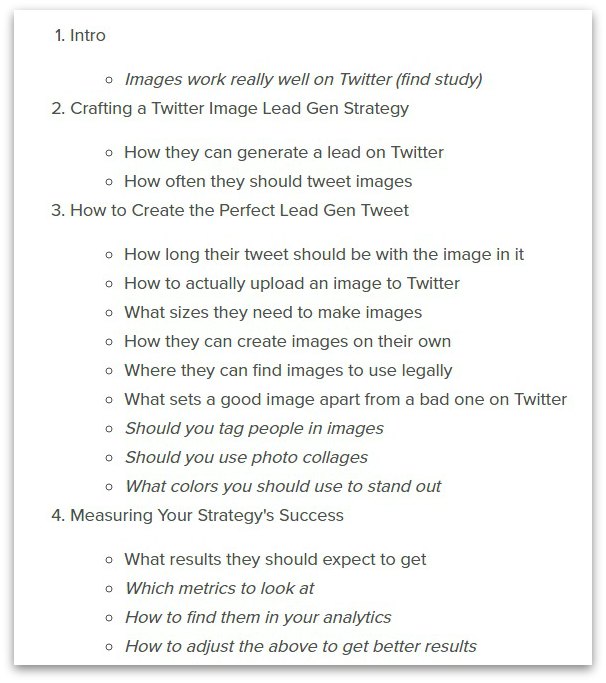
The outline may vary depending on what your title promises. If it’s a how-to guide, you might want to include all your points necessary to complete the article.
If you want to learn how to make outline for blog writing, the following posts are highly recommended.
- How to Write a Blog Post Outline by Ginny Soskey
- The 10-Minute, 10-Step Solution for the Best Blog Outline by Julie Neidlinger
- 15 Editorial Tools to Help You Outline by Jane Callahan
Check List:
- Use tools to help you brainstorm your outline
- Analyse outlines of top-performing posts on Google
Split your article into 4-5 parts and work on each part at a time. For example, you can split an article into an opening paragraph, a body with subheadings, and a closing paragraph. Each of these segments can again be split into several other parts.
Whether it’s the opening paragraph, a sub-heading, or the closing paragraph, make sure it is complete in all respects.
Check List:
- Is it relevant to the main title/sub-heading?
- Does it back up its claim with data from authority sources?
- Does it help the users with examples, screenshots etc?
- Is it concise yet meaningful enough for the audience?
Step #4: Research Online to Gather Data
This is could be one of the most time-consuming parts of your whole article writing strategy.
Gathering data is the cornerstone of every high-ranking, authoritative article.
Here’s what Neil Patel says about it:
Before you start writing, you must gather facts on the current events. Gather factors on your sub-headings, bullet points, and outline. (also opening paragraph)
Remember that when you’re creating a 2000-word article, you’ve got to back up your points with data, because your opinions may not be enough.
What your readers and customers want is proven, reliable solutions to their problems. That means your writing has to be well-sourced and credible.
In fact, Neil offers a few smart tips that help you gather data like a pro.
Here’s a gist of what Neil say in his guide:
- Check out publication: Use Issuu.com to find facts
- Leverage research data: Use MarketingSherpa, HubSpot, ChicagoBooth.edu
- Refer to Industry Blogs: Use Copyblogger, MarketingProfs
- Use Content Curation: Use Google to Find Top Sources
Here are some more guides that tell you how to gather data for your article…
- A Look Inside the Buffer Blog Process by Belle Beth Cooper
Step #5: Start Writing the First Draft
Once you gather the data for your outline, you can start writing the first draft. Remember, your aim is to write faster; so make sure you avoid any interruptions and stay focused only on you writing the draft.
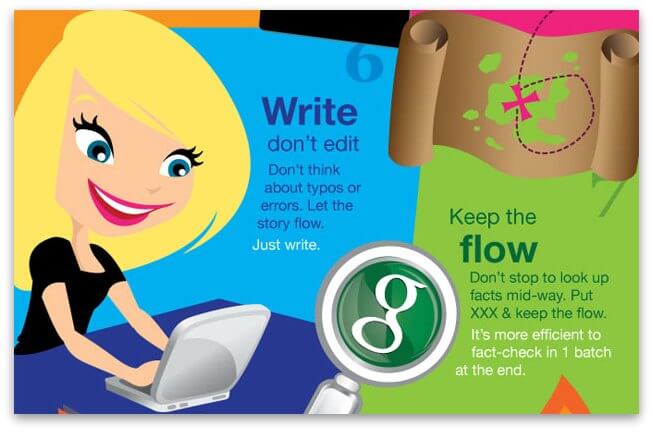
Check List:
- Write with a flow. Don’t worry about the spelling errors
- Minimize distractions (phone on silent mode, Wi-Fi disconnected)
Other tips to write faster…
- 8 Secrets To Writing Faster Blog Posts by Diana Adams
Step #6: Proofread and Optimize
Once the first draft is done, you should do the following tasks…
Check List:
- Read the draft aloud to yourself – watch the flow
- Fix errors (spelling, grammar)
- Rephrase sentences, if necessary, for better articulation, brevity
- Link to internal and external sources
- Optimize content for SEO, keywords (incorporate step 2)
- Take screenshots, optimize images
Recommended Reading:
Step #7: Hit Publish
Optimize your URL, choose the right category or tags, use the featured image, preview your post and then hit publish if it looks good to go.
Final Thoughts:
Writing a research-oriented article that can compete with other existing articles on Google Search is a challenging job. However, with the above tips in mind, you’re more likely to compete well and get better with time.
Do you want to add any more tips to this list? Please, share in the comments below.
